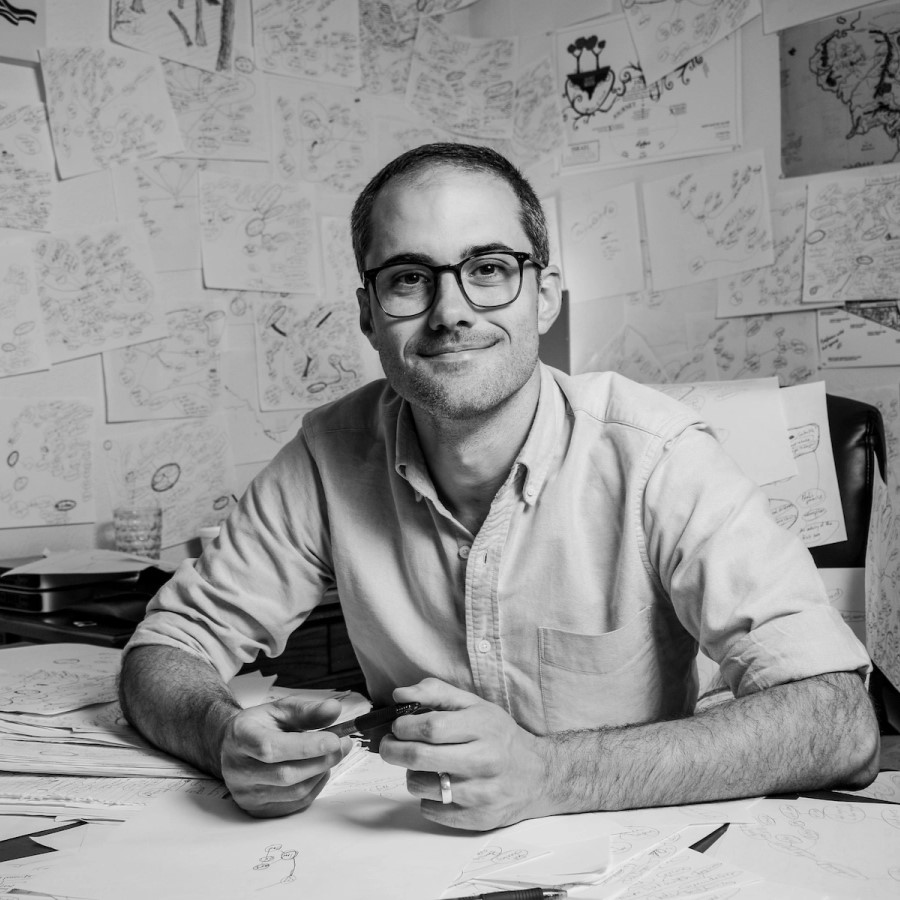12/12/2016, 1/12/2017: On Art As Relationship, As Subcreation
If I read others’ work merely to learn to create my own, then I am missing the weight. I miss the relationship—like I did in so many classrooms, whose professors were nothing but talking heads. These are persons. These are the things they care about, the things they learn and think about. Through these works, I interact with them. I also learn about the Creator, the worker of Cosmos from Chaos par excellence. If the works of others reveal truth, then it is God who has revealed it to them and through them. Likewise, if it is beautiful, and if that beauty accords with God, then it is beautiful because of God.
Artwork, like relationships in general (for artwork is an aspect of relationship), has utility, but its bulk is not utility. Its bulk is relationship.
Jan. 11: The weight of art is not in the artist’s skill. Because art is rightly love, its weight is in authenticity, vulnerability, compassion, fellow-suffering, acceptance, hope-giving, cosmos… it’s in the sharing of humanity and the pursuit of its betterment. It’s in the cooperative pursuit of what is, ultimately, God, and such takes many forms, depending on the faith of those who pursue him.
Jan. 12 (I began editing the first bit to make it clearer): And to the degree that others elucidate or create cosmos from chaos (as Madeleine L’Engle calls it), they subcreate (as Tolkien calls it) on behalf of the Creator, the Artist of Cosmos from Chaos par excellence, and the source of all that is. We sub-create because that’s for what he fashioned us—for reflecting, in our finitude, in our dependence, his infinite creativity, his Life.
Thus if our works are true, then God has revealed truth through them (though we often fail to recognize his agency in doing so). If they are beautiful, if they are just, if they are lovely… We do not produce these things from some wellspring of our own, as if imperfection could ever arrive at perfection, as if what is intrinsically dependent could ever arrive at independence, as if death could ever arrive at life.
This was a more edited version of the above ideas from 1/12. I’m choosing not to finish it, but it has some developments on the above, so I’m including it here:
If I read others’ ink-on-paper or see others’ paintings or hear others’ music merely to sharpen my own, I sever their weight. They might as well fly away with the wind.
These are persons. And what they give us are the things that shape them, the things they create and cultivate (as Andy Crouch calls it). They speak through their work. And in speaking, they share who they are. Thus by reading, watching, hearing, and making, we dialogue.
And what is dialogue but the medium of relationship, of love? It belongs in no other context.
Art, like all relationships, has utility, but its weight is not utility. Its weight is love.
